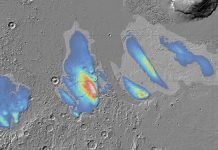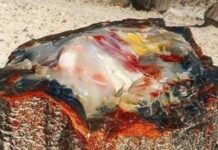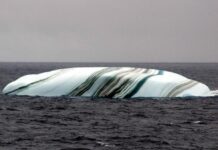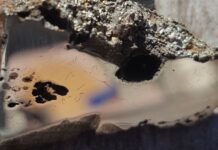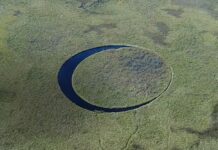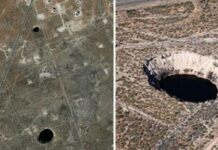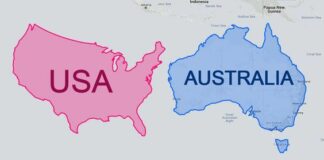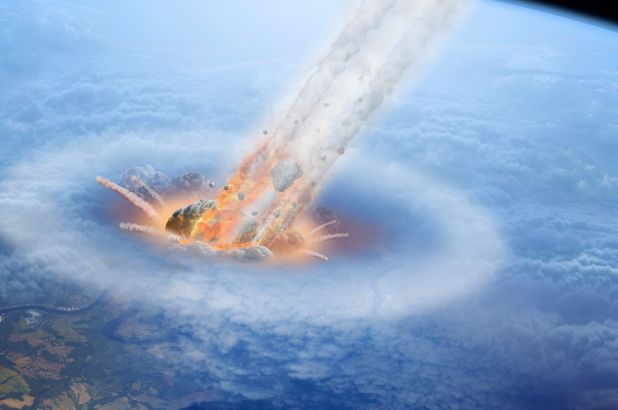
There are a lot of dangers that threaten Earth: Supervolcanoes, climate change, and so on. But one that normally flies under the radar is the threat of an asteroid hitting Earth. It’s a very real possibility, and also something we can prepare for.
Tomorrow, June 30, is Asteroid Day. This day, sanctioned by the United Nations, aims to increase the awareness of asteroids, trying to drum up support to track them better, and possibly stop one hitting us in the future.
Although it’s been running since 2014, this is the first time the UN has got involved. The European, Japanese, and US space agencies are also all taking part.
“The United Nations declaration of June 30 as Asteroid Day is a very important milestone for us,” Grigorij Richters, the founder of Asteroid Day, told IFLScience. “We need to raise awareness about the asteroid hazard. It’s a global problem and we need a global solution.”
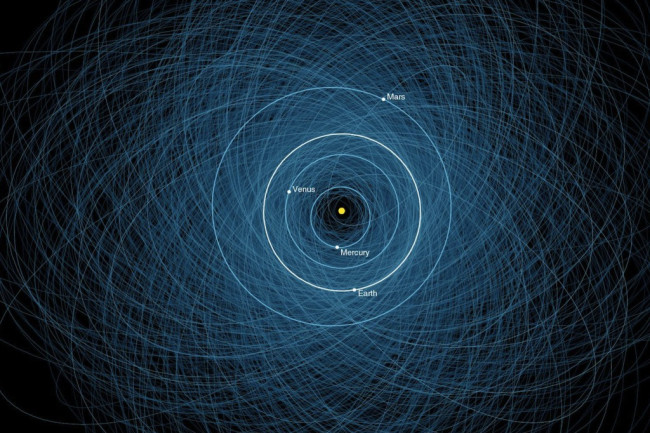
The known orbits of more than 1,000 potentially hazardous asteroids (PHAs). Jupiter’s orbit is around the edge. NASA/JPL-Caltech
There are events taking place around the world tomorrow for Asteroid Day, which will be broadcast live for 24 hours, with the main event in Luxembourg. Some of the names involved include Brian Cox, Neil deGrasse Tyson, and Brian May. There’s a full program schedule available so you can tune in when something catches your fancy.
Back in 1908, on June 30, the largest asteroid event in recorded history took place. Known as the Tunguska event, this saw a comet or asteroid explode in the air above Siberia with up to 30 megatons of energy. It flattened 2,000 square kilometers (770 square miles) of forest, and while there were no recorded deaths, it serves as a reminder of the damage asteroids can cause.
It’s estimated that we only know about three-quarters of the asteroids that could hit us. And if a sizeable one measuring at least a few tens of meters across was heading out way, we’d be in trouble. You can see how much trouble in this online simulator.
There are no asteroids that we know of currently on a collision course with Earth. NASA keeps a running list of the biggest threats, and nothing has ever caused alarm. You can see a list of some potentially hazardous asteroids (PHAs) that will pass close to Earth by 2200 here, and some with a risk of impact probability here.
NASA uses a scale to judge the threat of asteroids, called the Torino scale. This ranges from zero, or no chance of hitting us, to 10, which means a collision is certain. There are no known asteroids that measure above zero at the moment.
But if there was one on a collision course, there are a number of solutions to stopping it. There is the Armageddon approach, although this would involve using a nuclear bomb to change the trajectory of an asteroid, rather than blowing it up. Another involves using a large spacecraft as a gravitational tug, to pull the asteroid off our path. A few other methods involve similar techniques.
All, however, need us to find any PHAs far in advance. These methods rely on us spending years to slowly change the trajectory of an asteroid; there’s no solution if an asteroid is going to hit within a year or so. Thus, we need to get better at tracking them – which is what Asteroid Day is all about.
“Based on what’s known about the NEO population and Earth’s impact history, scientists predict that Earth will experience another large-scale impact someday in the future – they just don’t know exactly when,” Asteroid Day notes in its mission statement. “Our goal is to raise public awareness about asteroid science and plans for planetary defense.”
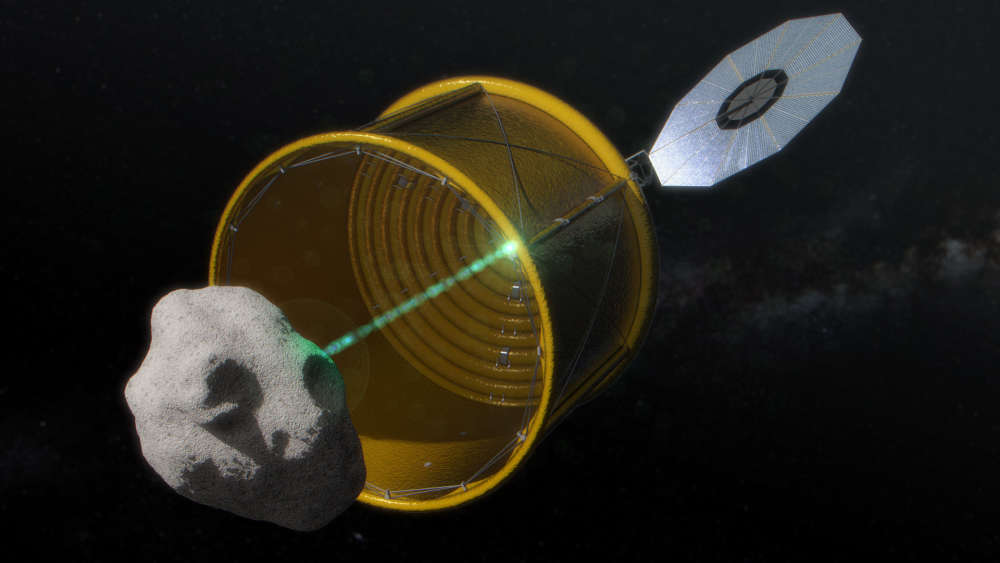
Learning how to deflect asteroids is crucial to our survival. NASA
We’ve got a few interesting missions in the works to teach us about asteroids. NASA is currently flying a spacecraft called OSIRIS-REx to an asteroid, to return a sample to Earth. And the upcoming Large Synoptic Survey Telescope (LSST), will help us better track them when it comes online in 2019.
We need to do more to raise awareness, though, as evidenced by ESA pulling funding on a mission with NASA to practice deflecting an asteroid (although the mission could still be saved).
At times, the threat of an asteroid can seem a bit far-fetched. But you only have to look back to 2013, when an unseen asteroid exploded above Chelyabinsk in Russia and injured hundreds, to see the threat they can cause.
The dinosaurs didn’t have a space program (that we know of) to avoid their own extinction. But as we do, it probably makes sense to prepare for such an eventuality.
